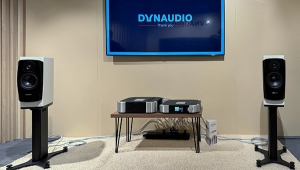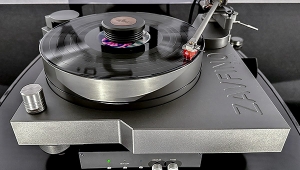| Columns Retired Columns & Blogs |
The question isn't "do I know what the recording is MEANT to sound like" but "how do I want the recording to sound?" An audiophile's set is his equalizer. And you're right, Fontaines D.C.'s first two records are impossibly to make it sound good, like Oasis at the time. You may indeed wonder why this great energetic music is edit like this? And indeed the Danish Dogma films, very strong storieslines, are actually unwatchable. The disadvantage of an audiophile is that (s)he cannot only listen to the music, but also takes the sound quality into account in the assessment. You have to give up and miss something to get something beautiful in return, a real experience with good music in terms of emotion and recording.













































